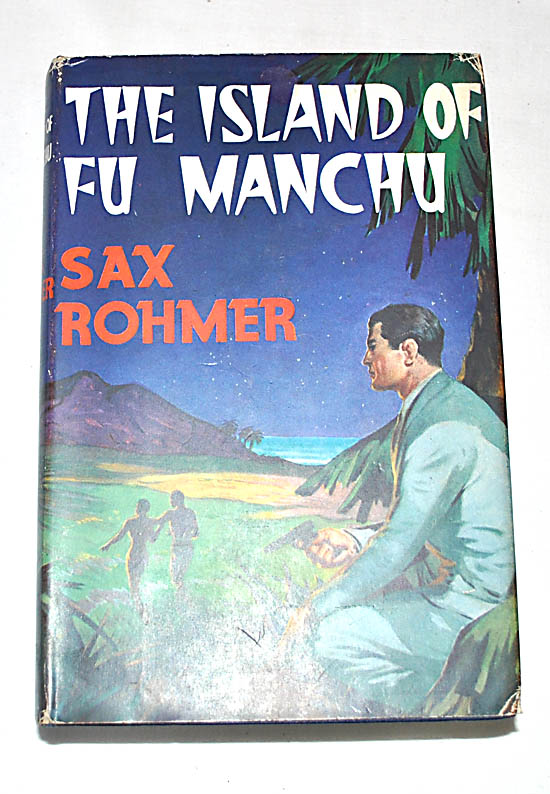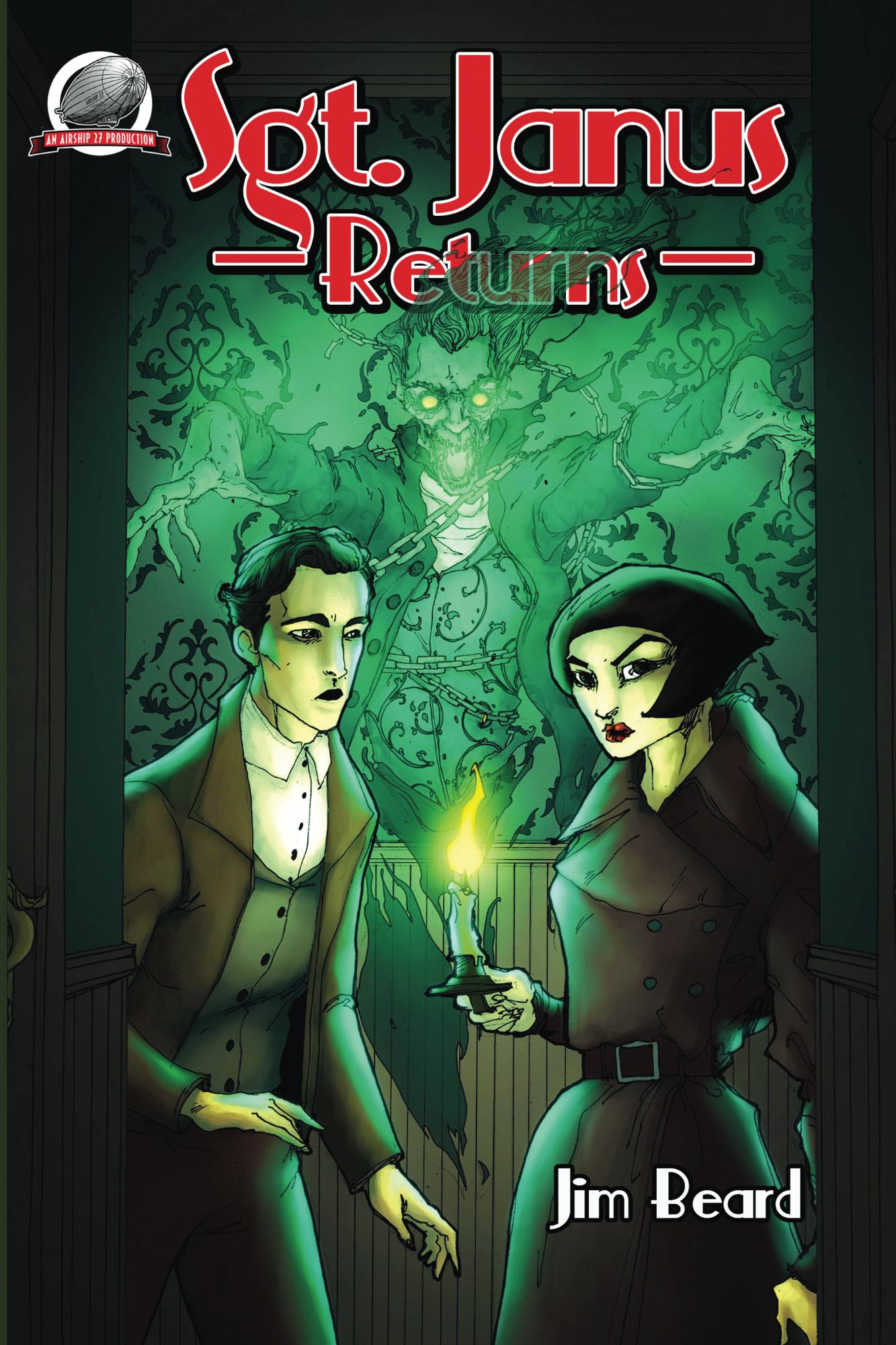Blogging Sax Rohmer’s The Island of Fu Manchu, Part Two

 Sax Rohmer’s Fu Manchu and the Panama Canal was first serialized in Liberty Magazine from November 16, 1940 to February 1, 1941. It was published in book form as The Island of Fu Manchu by Doubleday in the US and Cassell in the UK in 1941. The book serves as a direct follow-up to Rohmer’s 1939 bestseller, The Drums of Fu Manchu, and is again narrated by Fleet Street journalist, Bart Kerrigan.
Sax Rohmer’s Fu Manchu and the Panama Canal was first serialized in Liberty Magazine from November 16, 1940 to February 1, 1941. It was published in book form as The Island of Fu Manchu by Doubleday in the US and Cassell in the UK in 1941. The book serves as a direct follow-up to Rohmer’s 1939 bestseller, The Drums of Fu Manchu, and is again narrated by Fleet Street journalist, Bart Kerrigan.
The second quarter of the novel begins with Ardatha phoning Kerrigan just before his planned departure for his mission abroad. She shares Fu Manchu’s itinerary with him in the hopes Kerrigan will arrange for the return of Peko, Fu Manchu’s pet marmoset. After hanging up, a confused Kerrigan learns Sir Lionel managed to abduct the animal during his liberation from the clinic in Regent Park. Sir Denis explains both he and Barton understand Peko’s value as a hostage.
















